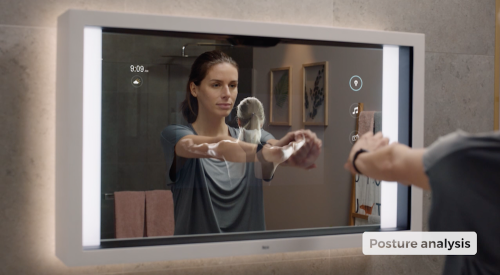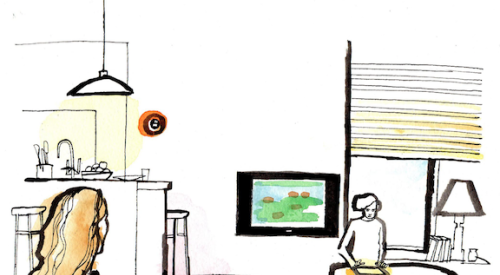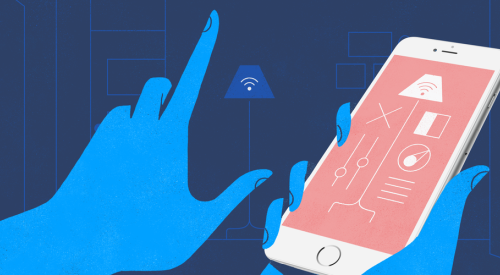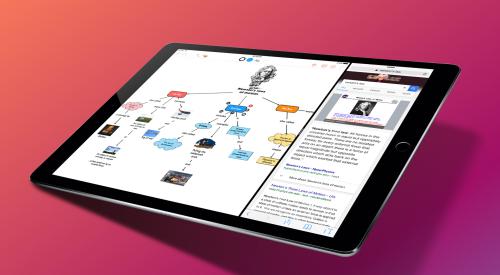Imagine throwing a spinning top totem into a bowl and having your smart home close the blinds, dim the lights, and turn the DVD player and television. Controlling your smart home with a physical object, as opposed to a digital command, seems to many to be much more personal.
As fastcodesign.com reports, while the majority of the big companies like Google and Amazon are investing time and money into smart home systems that can be operated with voice commands, Memodo is an experimental smart home interface that is controlled using small, physical totems, such as a spinning top.
For example, say you are about to leave for work for the day. On your way out the door you pick up a rubber ball and toss it in the reader-bowl connected to the Memodo device. Once the reader recognizes the totem, and the functions previously set up to be attached to it, that’s when the magic happens. In this particular case, since this hypothetical totem is for when you leave the house, maybe it turns down the air conditioning, turns off all the lights, and makes sure the windows are locked.
Then, when you return home, you remove the ball and put in another totem, maybe this time it is a small model car. Now, the air conditioning will turn back on, perhaps one light in the family room will activate, and the TV can turn to your favorite channel.
The totems can be anything; a Lego block, a rubber ball, a marble, a spinning top, as long as it fits in the bowl and the reader recognizes it and its attached function, the options are endless.
The Memodo reader-bowl is the key component of this device. Although it looks low tech, similar to a cup holder you would find in a car, the inner walls actually include three low-res, off-the-shelf computer cams that can detect the shape and color of the objects placed inside.
When a totem is placed into the bowl for the first time, Memodo goes into recognize mode and the device begins to record the next few actions and changes that take place in the smart home during this time. Once these actions are done two or three times with the specific totem in the bowl, Memodo will be able to remember what the totem means and perform the actions the next time it is placed in the bowl.
The creator of Memodo, Gábor Bálint, told Co. Exist that totems are a better way of interacting with a smart home than voice control because “people are drawn to real things they can touch or feel. They will always feel more emotional attachment to physical representations of digital commands than to screens.”
Currently, Memodo is just a concept, not due to technical limitations or cost of production, but because there is not enough standardization with the Internet of Things yet for it to work. There are still too many smart home products that can only be controlled with their own apps; a smart home lingua franca does not exist yet.











